| Structure | Name/CAS No. | Articles |
|---|---|---|
 |
Dichloromethane
CAS:75-09-2 |
|
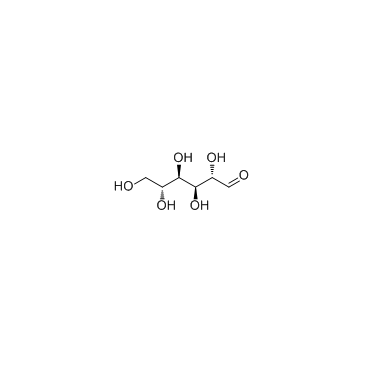 |
D-Mannose
CAS:3458-28-4 |
|
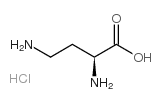 |
H-Dab.HCl
CAS:1482-98-0 |
|
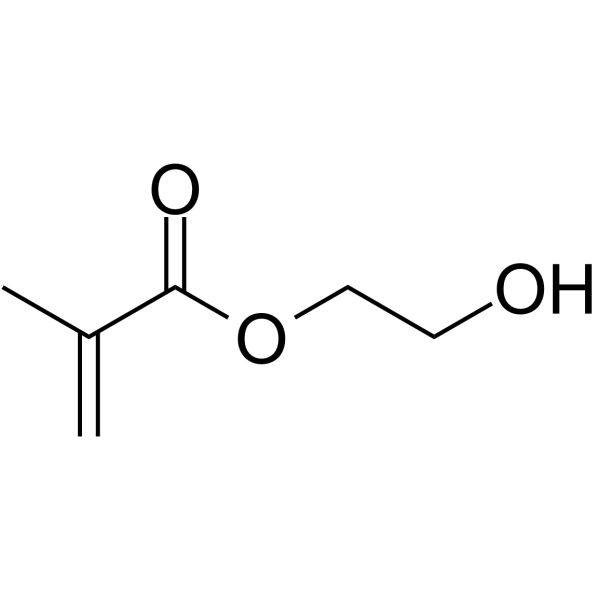 |
2-Hydroxyethyl methacrylate
CAS:868-77-9 |
|
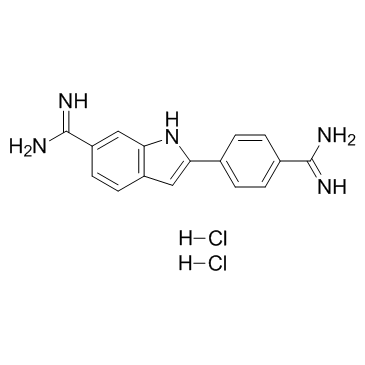 |
4',6-Diamidino-2-phenylindole dihydrochloride
CAS:28718-90-3 |
|
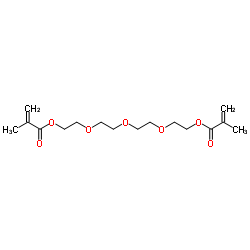 |
Tetraethyleneglycol dimethacrylate
CAS:109-17-1 |